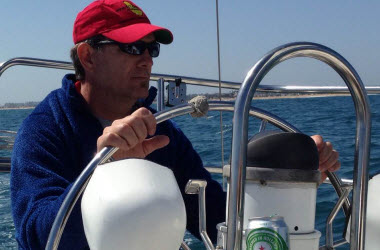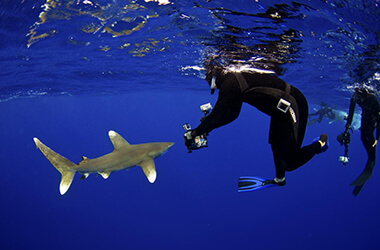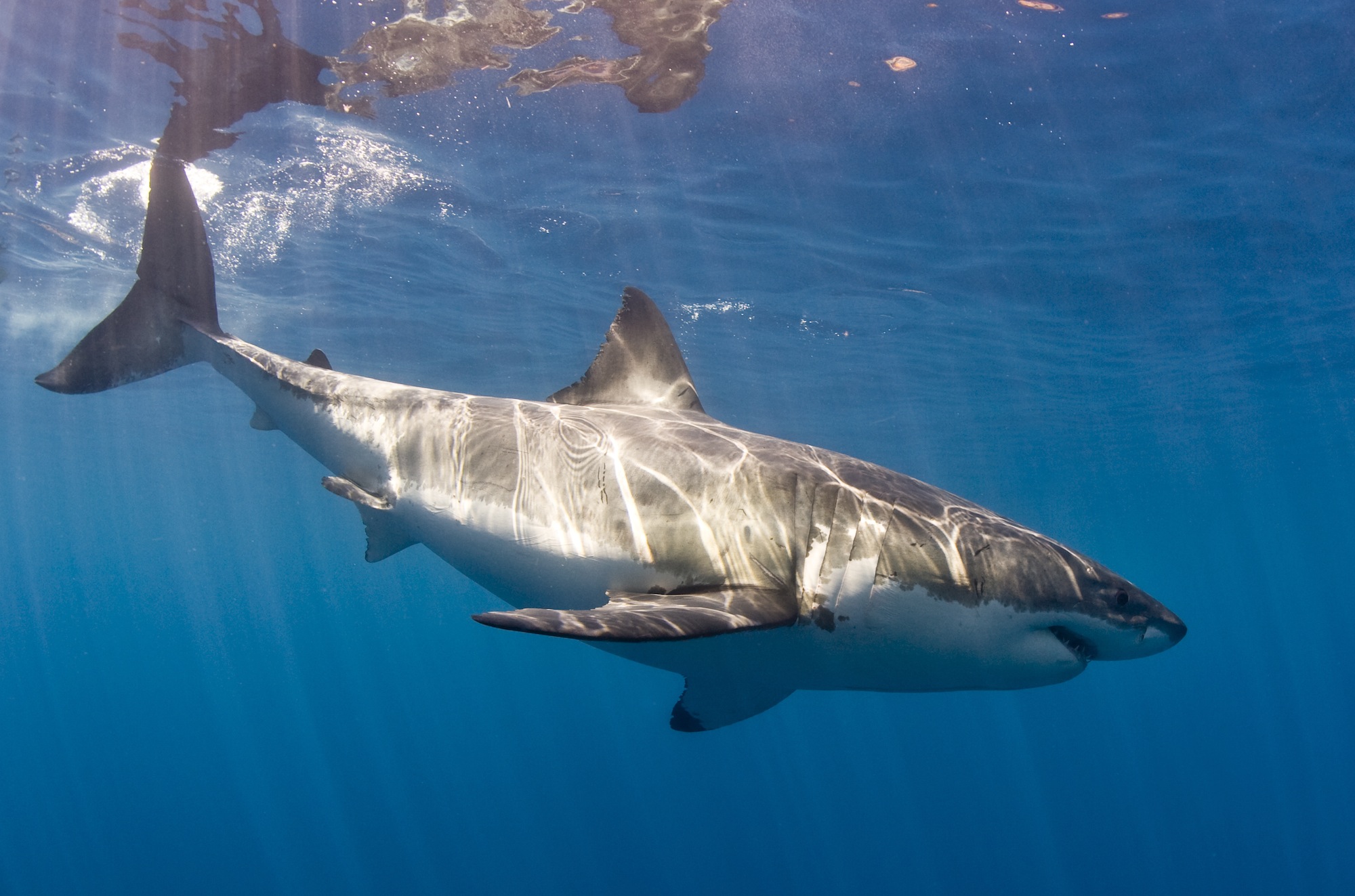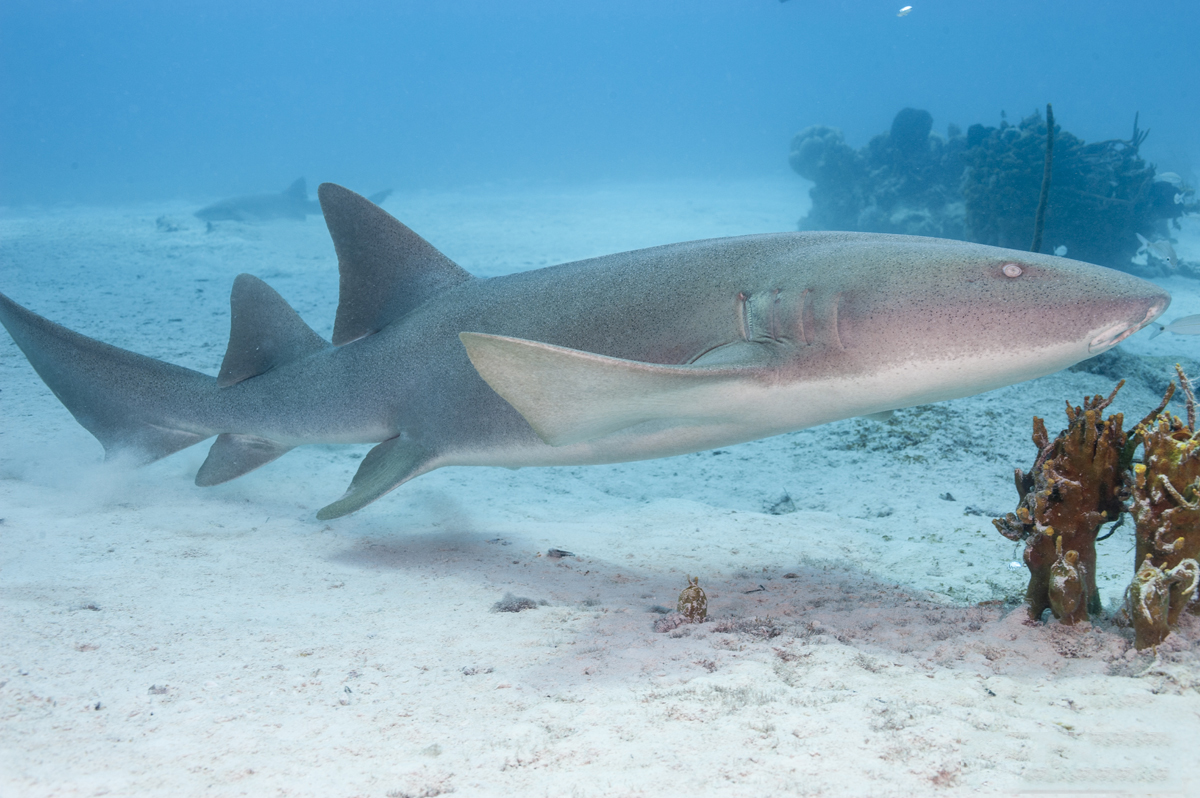May 12, 2016
Whenever the news media or a member of the public report a shark sighting they are invariably asked to describe the length and overall size of the fish. How big was it? It’s the first, most obvious question. The implication being, of course, how scared should we be? Are we going to need a bigger boat? Generally, the estimates are bigger than the actual size of the shark. Fishermen are guilty of that, too!
I’m headed to the Bahamas, in particular Cat Island at one of the great Oceanic White Tip shark encounter sites in the world, to ask this essential question—exactly how big are those sharks? How will I answer the question? I’ll be using stereo-video gear to film the sharks while freediving.
If you’ve been following along with some of my blogs and newsletter articles you’ll know what I’m talking about when I say stereo-video. If not, here’s a quick refresher.
Using two cameras that have been calibrated with some pretty fancy gear (a checkerboard) we can use computer software to calculate the length of fish by clicking on the head and tail of the same animal in both the left and right frames.
It’s pretty basic in theory, but complex in mathematics and involves visual-computer programming.
Why are we doing this with Oceanic White tips?
Firstly, they are some of the last of the bigger pelagic sharks species that have been scientifically examined.
Secondly, length data is crucial to understand if the populations are generally getting bigger in average size, or smaller (the latter is not what we want for healthy shark populations).
Thirdly, these estimates can be compared to that of length estimates gathered during previous years of shark research, when we measured them alongside the boat as they were being tagged. That is, if we catch some of the same sharks and I suspect we will.
And finally, this will also be the first data to help us build an understanding of the size structure of these populations of sharks. The most fantastic part about this technology is that we don't even need to catch the shark, or even touch it, to get what we need. All we need is for the shark to do what it does naturally—swim past us.
Check in with us on Twitter and Instagram to see exactly what I've been up to!




